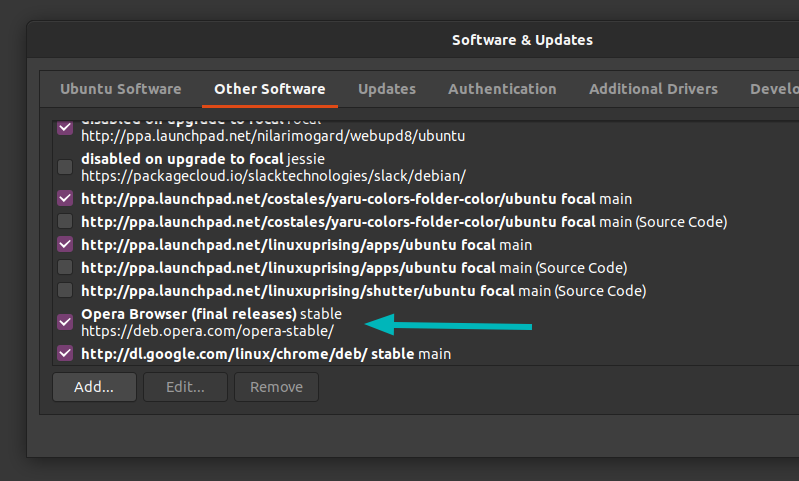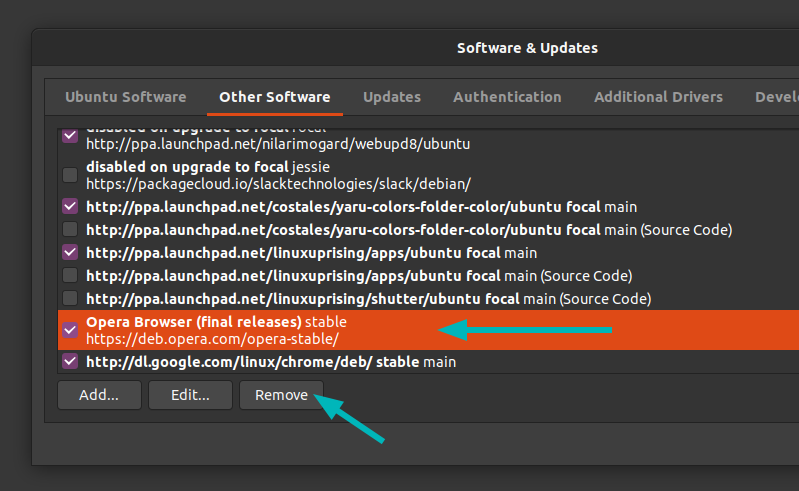
Opera browser was among the first few browsers to have a speed dial feature for quickly accessing the most visited websites from the new tab.
Opera still offers several interesting features such as a free VPN, ad-blocker, social media messengers in the sidebar, battery saver, grouping tabs in workspaces etc.
Personally, I do not use Opera. It is not open source. Its so-called free-VPN is not that good (it’s hardly even a VPN). After its acquisition by a Chinese group, transparency took another hit. It collects a vast amount of data, the same as Alibaba’s UC Browser.
Anyway, I am not here to make a case against Opera. If you want to install and use Opera on Ubuntu, let me show you how to do that easily and safely.
Installing Opera browser on Ubuntu
Installing Opera Browser in Ubuntu and Debian-based distributions is as simple as installing the DEB file from its download page and double-clicking on it.
Go to Opera’s download page and click on the Download button to download the .DEB installer file.

Once you have downloaded it, double-click on it to install the application from deb file. In Ubuntu 20.04, you may have to right click and select “Open With Software” option.
It will open Opera in Software Center and you can just lick on the install button to install Opera.

The good thing about this method is that it automatically adds an entry in the repository list. This way, you’ll get all the future updates to the Opera browser with the regular system updates.

This is same as installing Google Chrome on Ubuntu as an entry is adding for Chrome to provide you regular updates.
See, how easy it was to install Opera?
How to remove Opera browser
You can look for the installed applications in the software center and uninstall Opera from there.

You may also use terminal to remove it in this fashion:
sudo apt remove opera-stableYou may also choose to remove the additional Opera repository added in the sources list.

Installing Opera browser via command line (for intermediate to expert users)
Installing the Opera browser graphically, as described above, is simplest and easiest method. If you want to take the command line route, you can do that as well.
First, make sure to install Curl on Ubuntu:
sudo apt install curlDownload and add the Opera repository key:
curl https://deb.opera.com/archive.key | sudo apt-key add -Now add the Opera repository in your sources list directory (not file):
echo deb https://deb.opera.com/opera-stable/ stable non-free | sudo tee /etc/apt/sources.list.d/opera.listUpdate the package cache so that your system is aware of the packages available by the newly added repository:
sudo apt updateFinally, install the opera-stable package to install Opera.
sudo apt install opera-stableDuring the installation, you’ll be prompted for adding Opera repository to sources list. Select NO because you already did that.
To remove Opera browser installed this way, you should use the following commands one by one:
sudo apt remove opera-stable
sudo rm -f /etc/apt/sources.list.d/opera.listConclusion
Opera browser is also available as a snap package officially. If you have Snap support enabled in your Linux distribution, you may install Opera via Snap:
sudo snap install operaOne of It’s FOSS readers contacted me with a repository issue that was caused by the incorrect Opera browser installation.
I had to write this straightforward tutorial because some other websites on the internet are suggesting methods with unnecessarily complicated commands that might end up with a corrupt sources.list. I do hope it helps new Linux users.

